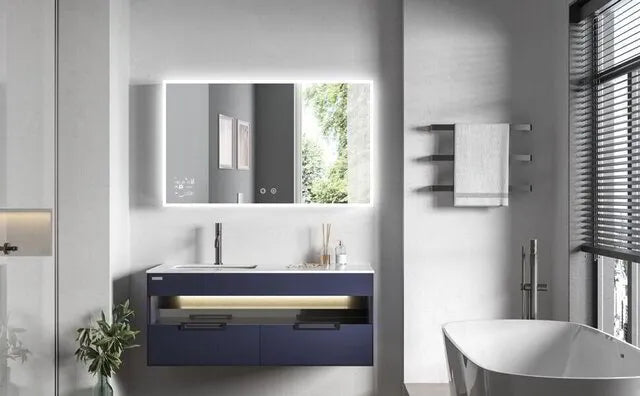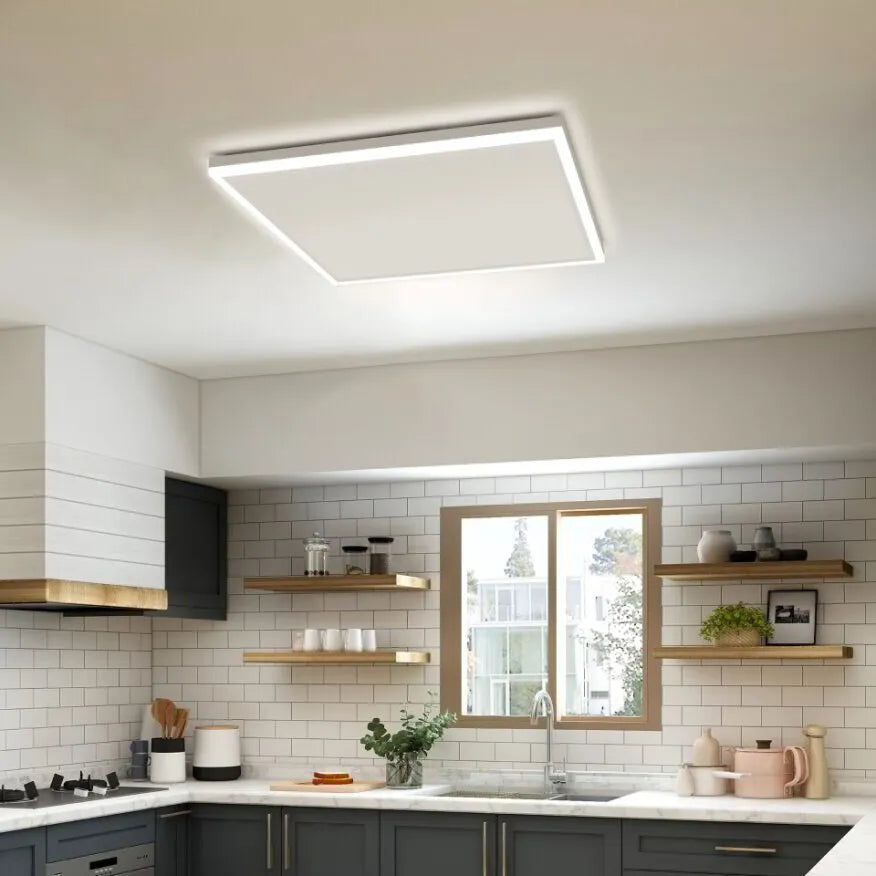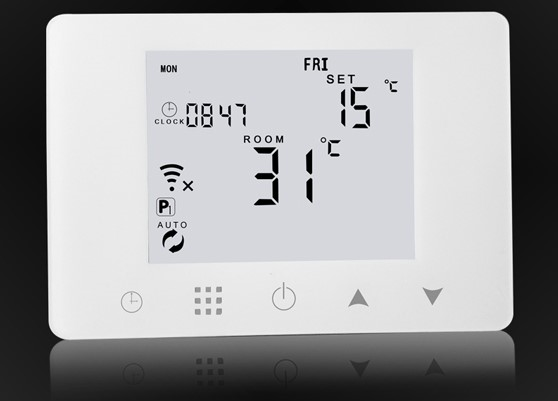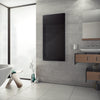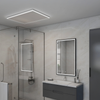Infrared Heating vs Traditional Heating: A Comparative Analysis
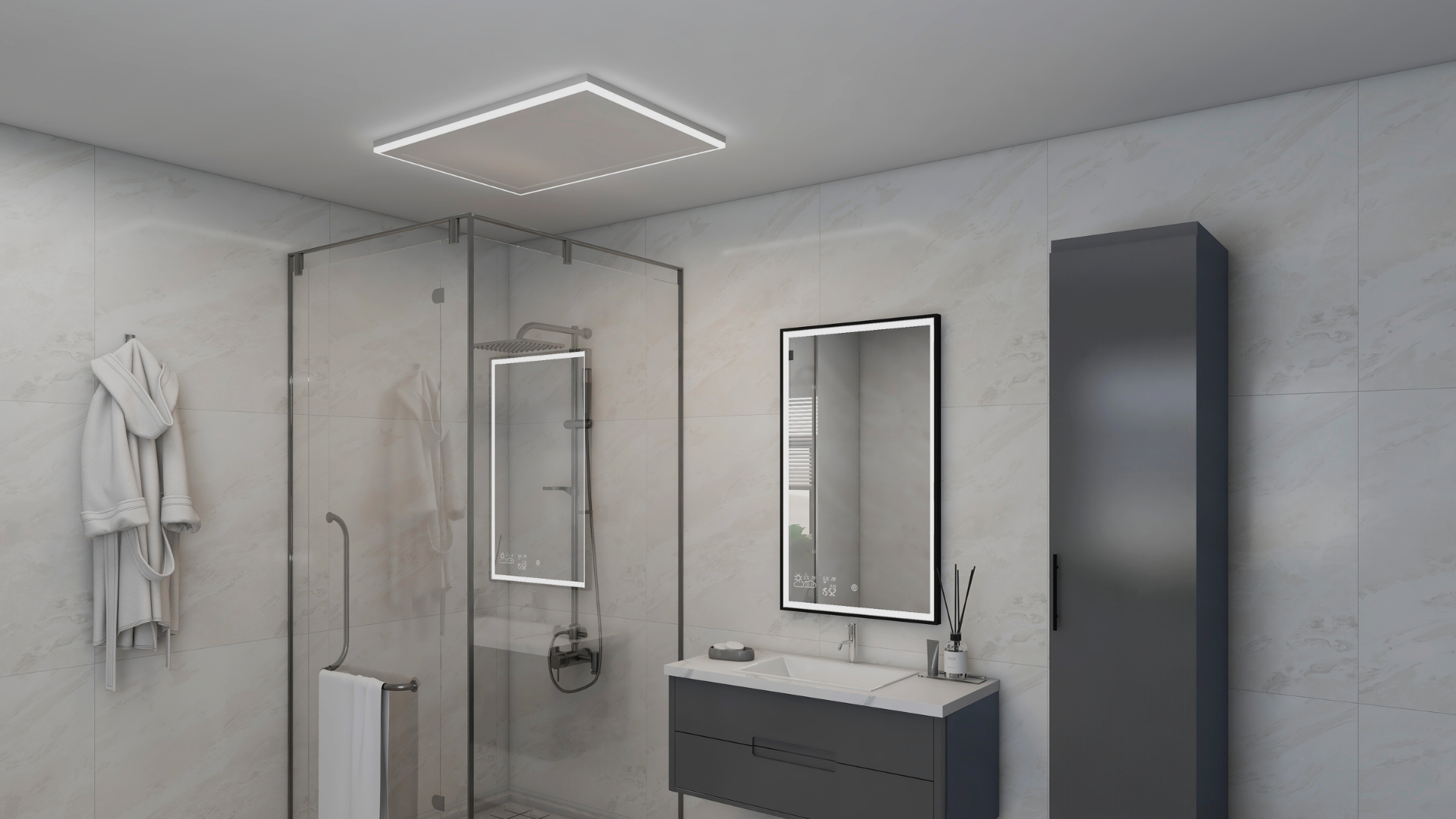
Infrared Heating vs Traditional Heating: A Comparative Analysis.
Heating systems are essential for maintaining comfortable indoor environments, especially during colder months. With various options available, homeowners and businesses often face the dilemma of choosing between infrared heating and traditional heating methods. This comparative analysis will explore the key differences, advantages, and disadvantages of both heating systems to help you make an informed decision.
1. Efficiency and Energy Consumption
Infrared Heating: Infrared heaters work by emitting infrared radiation that directly heats objects and people in a room, similar to how the sun warms the earth. This method is highly efficient as it minimizes heat loss, especially in poorly insulated spaces.
- Advantages: Direct heating ensures quick warmth and less energy waste. Infrared panels typically convert almost all the electricity they use into heat, making them energy-efficient.
- Disadvantages: Infrared heaters might not be as effective in heating air, which can make spaces feel cooler than they actually are.
Traditional Heating: Traditional heating systems, such as radiators, forced air systems, and boilers, generally work by heating the air in a room, which then circulates to warm the space.
- Advantages: Effective in creating an even temperature throughout a room. Suitable for long-term, consistent heating needs.
- Disadvantages: Heat loss is higher due to air circulation and potential leaks in the ductwork or through windows and doors. These systems often require more energy to maintain the desired temperature.
2. Installation and Maintenance
Infrared Heating: Infrared panels are relatively easy to install, often requiring just a power source and proper mounting.
- Advantages: Minimal installation requirements and low maintenance. They can be installed on walls or ceilings, saving floor space.
- Disadvantages: Initial setup costs can be higher depending on the number of panels needed.
Traditional Heating: Traditional systems often require extensive installation, including ductwork, pipes, and sometimes structural modifications.
- Advantages: Once installed, these systems can provide reliable, long-term heating.
- Disadvantages: Higher installation costs and more complex maintenance. Regular servicing is often required to keep systems running efficiently.
3. Health and Safety
Infrared Heating: Infrared heaters do not circulate air, which can help reduce the spread of dust, allergens, and pollutants.
- Advantages: Creates a healthier indoor environment, especially for those with allergies or respiratory issues. Infrared heating does not dry out the air, maintaining a comfortable humidity level.
- Disadvantages: Direct exposure to infrared radiation at very high levels could potentially cause skin dryness or irritation, though this is rare with standard home panels.
Traditional Heating: These systems often circulate air, which can distribute dust and allergens throughout the space.
- Advantages: Reliable and consistent heating.
- Disadvantages: Can dry out the air, leading to discomfort for some individuals. The circulation of air can spread allergens and pollutants.
4. Cost Considerations
Infrared Heating: The cost of infrared heating systems can vary based on the number and type of panels needed.
- Advantages: Lower operational costs due to high energy efficiency. Minimal maintenance costs.
- Disadvantages: Higher initial investment compared to some traditional heating options.
Traditional Heating: Costs can also vary widely based on the type of system, fuel source, and installation complexity.
- Advantages: Can be less expensive initially, especially if existing infrastructure supports the system.
- Disadvantages: Higher ongoing operational and maintenance costs. Fuel prices for gas, oil, or other sources can fluctuate.
5. Environmental Impact
Infrared Heating: These systems are generally considered more environmentally friendly due to their high efficiency and low energy consumption.
- Advantages: Reduced energy consumption leads to lower carbon emissions. Ideal for eco-conscious consumers.
- Disadvantages: Still reliant on electricity, which may come from non-renewable sources unless paired with green energy solutions.
Traditional Heating: The environmental impact depends on the fuel source. Systems powered by fossil fuels have a higher carbon footprint.
- Advantages: Can use renewable energy sources like biomass or geothermal heat.
- Disadvantages: Generally have a higher carbon footprint due to less efficient energy use and reliance on fossil fuels.
Conclusion
Both infrared and traditional heating systems have their merits and can be suited to different needs and preferences. Infrared heating is highly efficient, eco-friendly, and ideal for those seeking quick, direct warmth and a healthier indoor environment. Traditional heating systems, while potentially less efficient, provide consistent and reliable heating, especially in well-insulated spaces.
When choosing the right system for your home or office, consider factors such as energy efficiency, installation and maintenance costs, health implications, and environmental impact. For tailored advice and a range of high-quality infrared heating solutions, visit Infraroodmasters.
By weighing these factors, you can make an informed decision that ensures a comfortable, cost-effective, and sustainable heating solution for your space.
